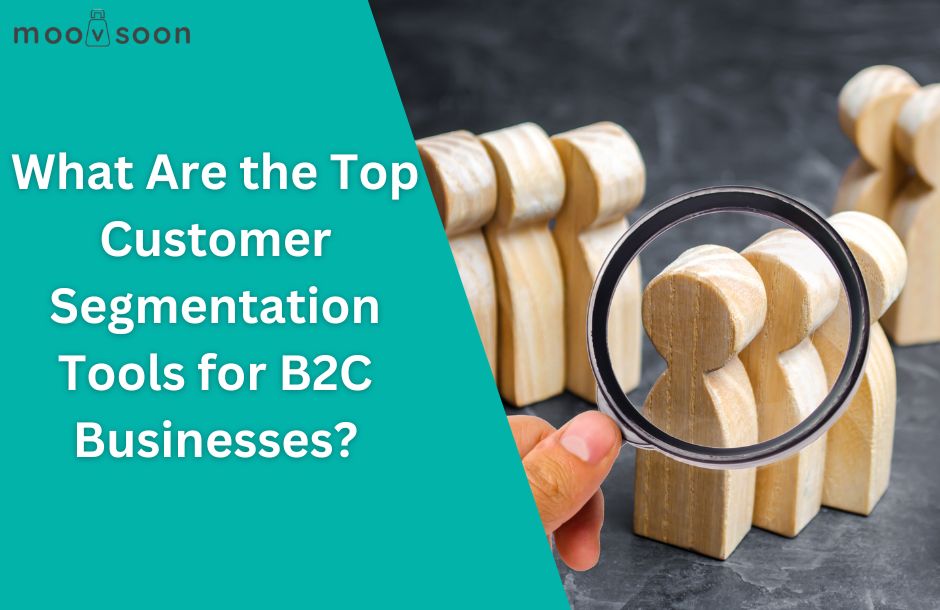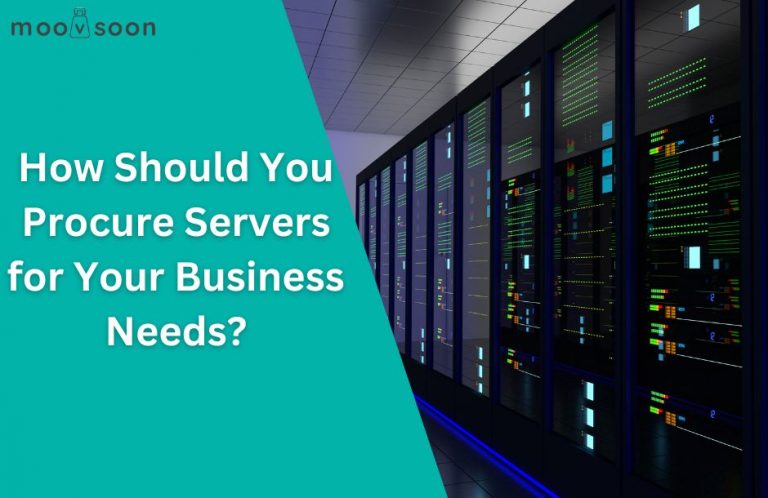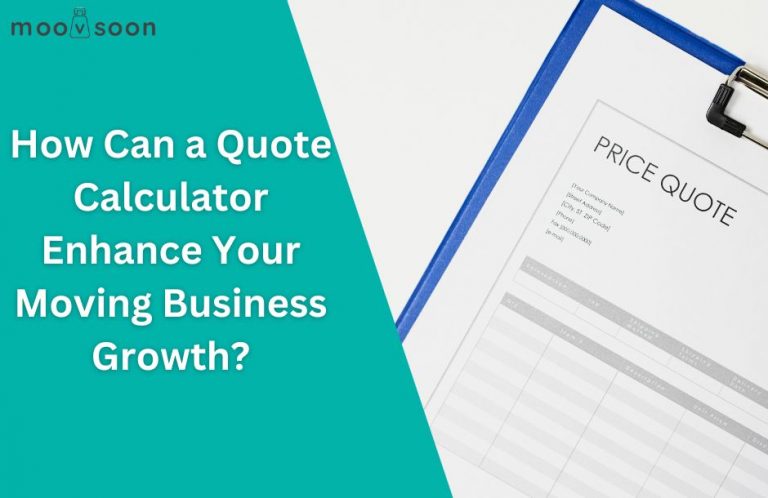
What Are the Top Customer Segmentation Tools for B2C Businesses?
In today’s fast-paced B2C landscape, effective customer segmentation tools drive business success by enabling data-driven strategies. These tools categorize customers based on shared characteristics, preferences, and observable behaviors to refine marketing efforts. As consumer expectations shift, businesses use data analytics to tailor individualized experiences that increase engagement and maximize conversions. Our team at MoovSoon understands the importance of targeted data and invite you to explore opportunities to enhance your strategies with moving leads.
Industry leaders such as Salesforce Marketing Cloud and HubSpot provide advanced features for monitoring customer interactions across a range of channels. Predictive analytics solutions like IBM Watson Analytics empower companies to forecast market trends. By using tools like Segment to unify and manage customer data, organizations develop highly specific strategies that increase efficiency and measurable marketing impact. Familiarity with these solutions provides businesses with a foundation for lasting growth and measurable achievement.

Google Analytics: Enhancing Customer Segmentation for B2C Businesses
Google Analytics empowers businesses to segment customers through detailed analysis of user behavior and demographic data. The platform enables companies to divide their audience according to variables such as age, gender, geographic location, and device type. By evaluating these segments, organizations build targeted marketing strategies that reach key customer groups more effectively.
Google Analytics also captures granular user activities, including page visits and time spent per session, to reveal customer preferences and behavioral patterns. The platform delivers actionable data that enables marketers to design personalized campaigns, resulting in increased engagement and higher conversion metrics.
Integration with additional Google tools strengthens data accuracy while adding more data layers, allowing companies to form a detailed understanding of customer actions.
Types of Segmentation Data Offered by Google Analytics
Google Analytics provides a diverse data suite for customer segmentation, supporting B2C brands in analyzing user activity and demographic characteristics. The system offers metrics such as age, gender, and user location alongside interest categories to help marketers pinpoint audience segments with precision.
The tool records and organizes website interactions, such as specific pages viewed, session durations, and conversion steps. This data allows companies to segment customers by shared behaviors, leading to tailored marketing strategies that increase audience engagement. We encourage you to explore how our services can complement these insights. Feel free to call us at +1 (914) 255-5452 for more information or to discuss your specific needs.
Google Analytics Segmentation Limitations Explained
Google Analytics provides detailed customer segmentation by analyzing user behavior, demographics, interests, and digital activities.
Google Analytics admits limitations because its data remains primarily aggregated, creating difficulties when attempting to access or interpret granular, user-level profiles. The platform depends extensively on cookies for data collection, but users can block or delete cookies, resulting in incomplete or lost tracking information.
This analytics tool supplies high-level overviews, yet deeper and more tailored segmentation often requires connecting Google Analytics with supplementary tools.
Kissmetrics Advantages for SaaS and E-Commerce Companies
Kissmetrics functions as an advanced analytics solution, helping SaaS and e-commerce companies gain actionable insights about their customers. SaaS businesses can monitor user actions across devices and platforms, which supports customer retention improvements and optimization of user experiences. The platform delivers thorough funnel analyses, empowering businesses to pinpoint drop-off points and enhance onboarding sequences.
For e-commerce companies, Kissmetrics analyzes and tracks complete customer journeys, from the initial interaction through to purchase completion. It enables segmentation by specific behaviors, supporting precise marketing tactics and tailored communications. The inclusion of cohort analysis lets companies evaluate the ongoing influence of their marketing efforts over various time periods.
The platform integrates seamlessly with customer relationship management and marketing technologies, allowing for unified data collection and a panoramic view of customer interactions. Businesses benefit from this unified approach by making informed decisions that lead to higher revenue and improved customer satisfaction across SaaS and e-commerce sectors. If you’d like to see how similar data integration can be harnessed in your marketing, consider exploring See it in action or Schedule a demo. Our team at MoovSoon is ready to assist and can be reached anytime at +1 (914) 255-5452.
Key Kissmetrics Features for Audience Segmentation
Kissmetrics enables granular audience segmentation for SaaS and e-commerce organizations by tracking specific user actions. The platform facilitates segmentation by analyzing behaviors, purchase patterns, and engagement intensity, supporting the development of personalized marketing plans, higher customer retention, and increased sales conversion rates.
Kissmetrics delivers insights into entire customer journeys, assisting businesses in detecting drop-off moments and refining user pathways. With these capabilities, companies deepen their understanding of customer preferences and fine-tune offerings to generate improved outcomes.
Kissmetrics E-Commerce Integration: Detailed Customer Analytics
Kissmetrics connects with e-commerce platforms to deliver in-depth analytics focused on customer behavior. The system tracks user interactions at multiple digital touchpoints, allowing businesses to analyze each customer journey and adjust for improved conversions.
E-commerce companies receive actionable insights regarding cart abandonment events, purchasing habits, and the calculation of customer lifetime value. SaaS organizations also benefit, using Kissmetrics to monitor user engagement and retention metrics so they can refine product offerings and improve user experience.
This integration supports targeted marketing activities and better business decision processes, contributing to sustained growth for SaaS and e-commerce businesses.
OptinMonster Features: Lead Generation Tools Explained
OptinMonster delivers a suite of lead generation capabilities, making it effective for B2C applications. The platform includes customizable pop-ups and opt-in forms, supporting efficient visitor data collection.
The tool provides behavior-based targeting, so forms display to users at optimal times and locations, helping to improve conversion performance. A/B testing functionality gives users the ability to test design variations and messaging for better outcomes.
OptinMonster integrates with a wide range of email marketing systems, streamlining lead nurturing workflows. The platform also supplies extensive analytics, enabling businesses to monitor campaign results and apply those insights to future campaigns.
By offering these features together, OptinMonster supports a structured approach to lead generation for B2C businesses. We also suggest checking out our realtor integration tools and lead generation solutions to enhance your capabilities further. Feel free to Book a demo or contact us via +1 (914) 255-5452.
How can OptinMonster’s templates enhance sign-up forms?
OptinMonster’s templates enhance sign-up forms by offering customizable options that simplify the lead collection process. The solution features multiple form types, such as pop-ups, floating bars, and slide-ins, optimized to draw user attention.
Businesses can adjust these forms to fit their branding and communications, maintaining consistency and appeal. The platform includes exit-intent detection, recognizing when users prepare to leave and launching a targeted sign-up form to prompt action. This feature increases conversions by re-engaging visitors at pivotal times.
OptinMonster University Educational Resources Explained
OptinMonster University provides a wide selection of educational resources that help businesses improve lead-generation strategies.
These resources include in-depth courses, webinars, and tutorials that teach users how to leverage OptinMonster’s features such as exit-intent popups, countdown timers, and campaigns designed for mobile devices.
Businesses use these tools to capture leads effectively, increase conversion rates, and increase customer engagement.
The educational materials offer actionable insights and hands-on skills so users maximize OptinMonster’s features for successful lead generation.
Mailchimp Customer Segmentation and Marketing Tools Overview
Mailchimp provides tools for customer segmentation and marketing that let businesses group their audience based on attributes and behaviors. This process supports personalized marketing, which increases engagement and conversion rates.
Mailchimp includes pre-built segmentation categories like demographics, purchase history, and email engagement, along with options for businesses to create custom segments for their specific objectives. This flexibility helps businesses share relevant content with the right audience, supporting strong marketing campaign results.
Mailchimp’s integration features connect with other platforms for seamless data synchronization, supplying a complete view of customer interactions across marketing channels. With these solutions, businesses create more tailored experiences that build greater customer satisfaction and loyalty.
Mailchimp Segmentation Capabilities for Email Campaigns
Mailchimp supplies advanced segmentation tools for email campaigns so businesses can target their customers accurately. Mailchimp’s segmentation enables users to build precise audience groups using criteria like purchase activity, geographic location, engagement, and demographic details.
Users communicate with each group using personalized, relevant content, which boosts engagement and improves conversion rates. Mailchimp includes predictive analytics that anticipates customer behavior, helping to fine-tune segmentation efforts.
These features make marketing easier by sending the best message to the right audience at the right moment.
How Mailchimp Integration Improves Platform Capabilities
Mailchimp integrates with a wide range of platforms to extend its capabilities in customer segmentation and marketing. Businesses connect Mailchimp with e-commerce solutions such as Shopify and WooCommerce to sync customer data without manual intervention. This process supports precise segmentation based on transaction history and user preferences.
Mailchimp also connects with CRM tools like Salesforce, allowing businesses to use relationship data for building personalized marketing campaigns. This continuous data synchronization keeps customer insights updated and reliable, improving the accuracy of segmentation methods.
Conclusion: Maximizing Impact with Effective Customer Segmentation
Effective customer segmentation helps B2C companies refine their marketing strategies and enhance customer engagement. Marketing teams use advanced segmentation tools to adapt their strategies in response to evolving market shifts, supporting more data-oriented and accurate outreach tactics.
Businesses that incorporate solutions like Google Analytics, Salesforce, and Mailchimp gain actionable insights into customer preferences and behaviors. These insights help define unique customer segments, empower personalized messaging, and drive engagement and conversion improvements.
As the market shifts toward hyper-personalized engagement and immediate data processing, using robust segmentation platforms becomes increasingly important. Businesses who implement such platforms can anticipate market movements and respond to user preferences, strengthening loyalty and driving business growth.
The ability to segment audiences effectively supports marketing success in today’s rapidly changing digital space. Refine segmentation strategies to align marketing communications with customer expectations. Will you take the next step to strengthen your marketing initiatives and grow meaningful audience connections? Feel free to contact us at info@moovsoon.com.



